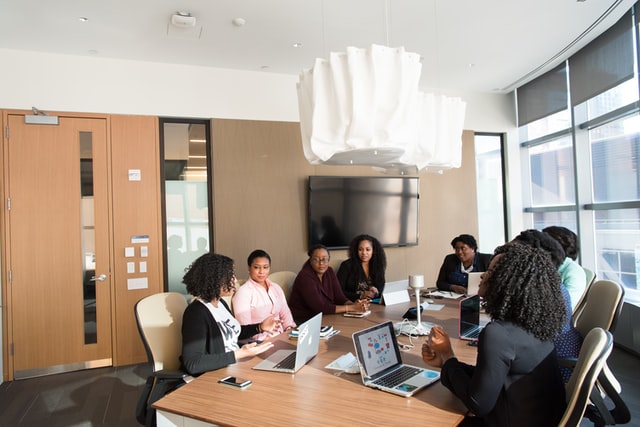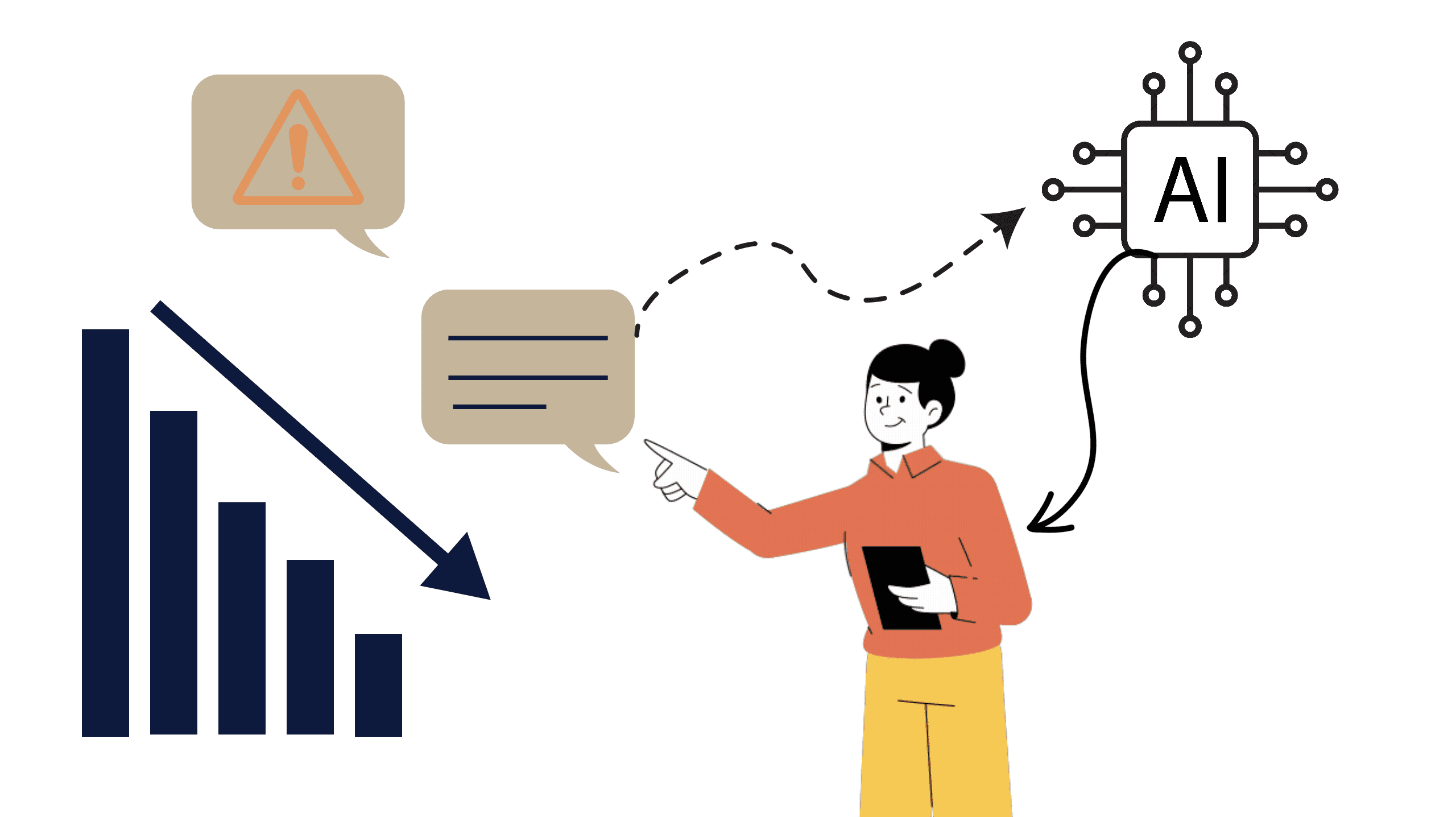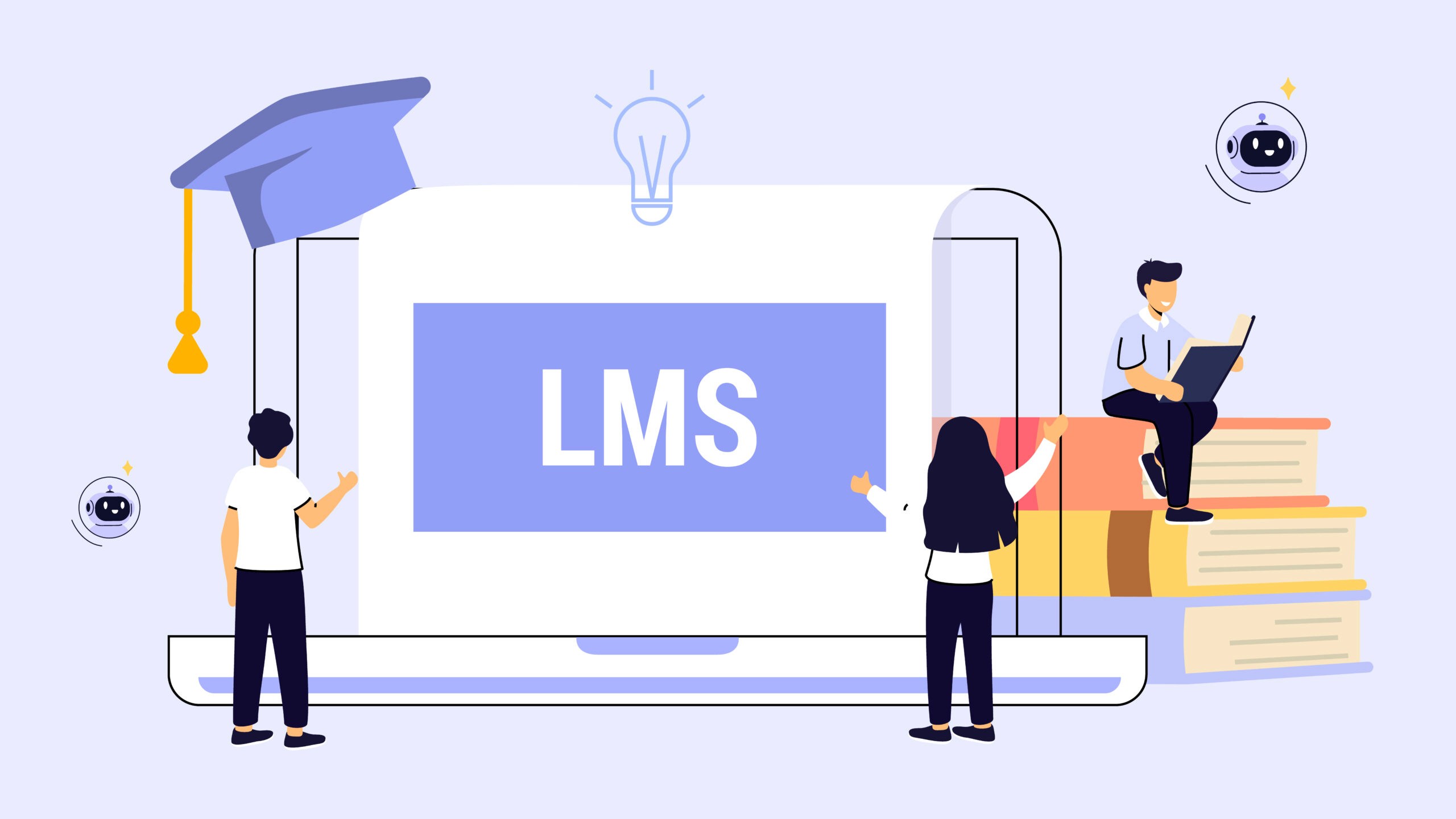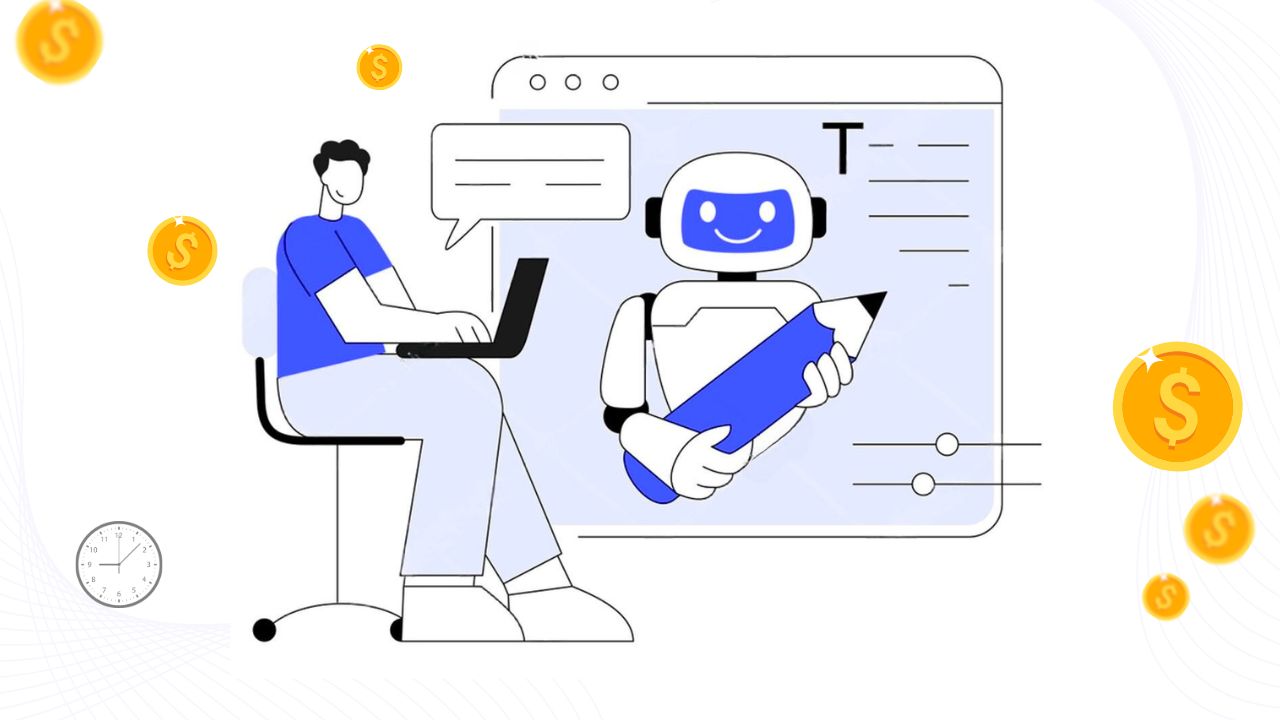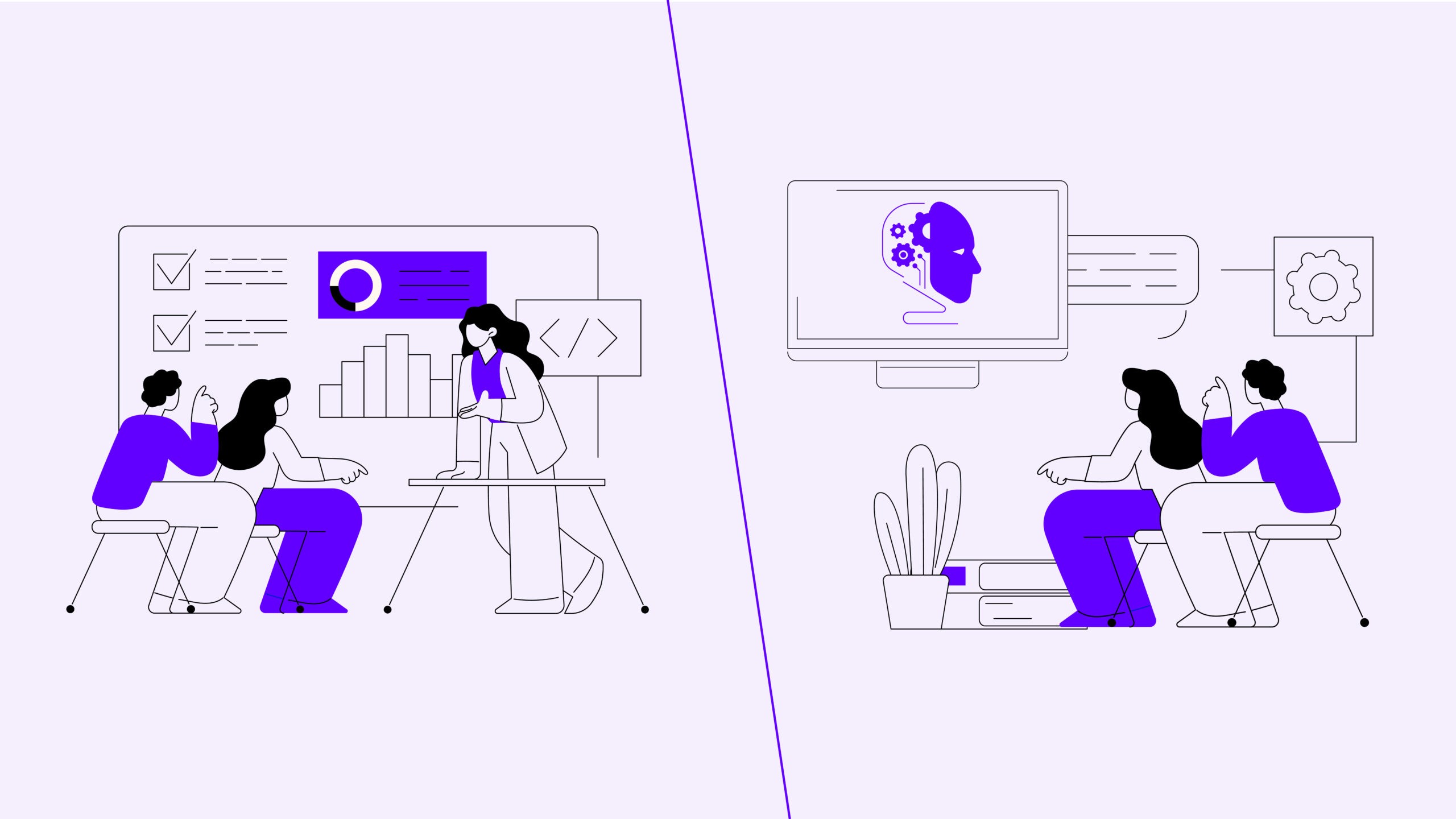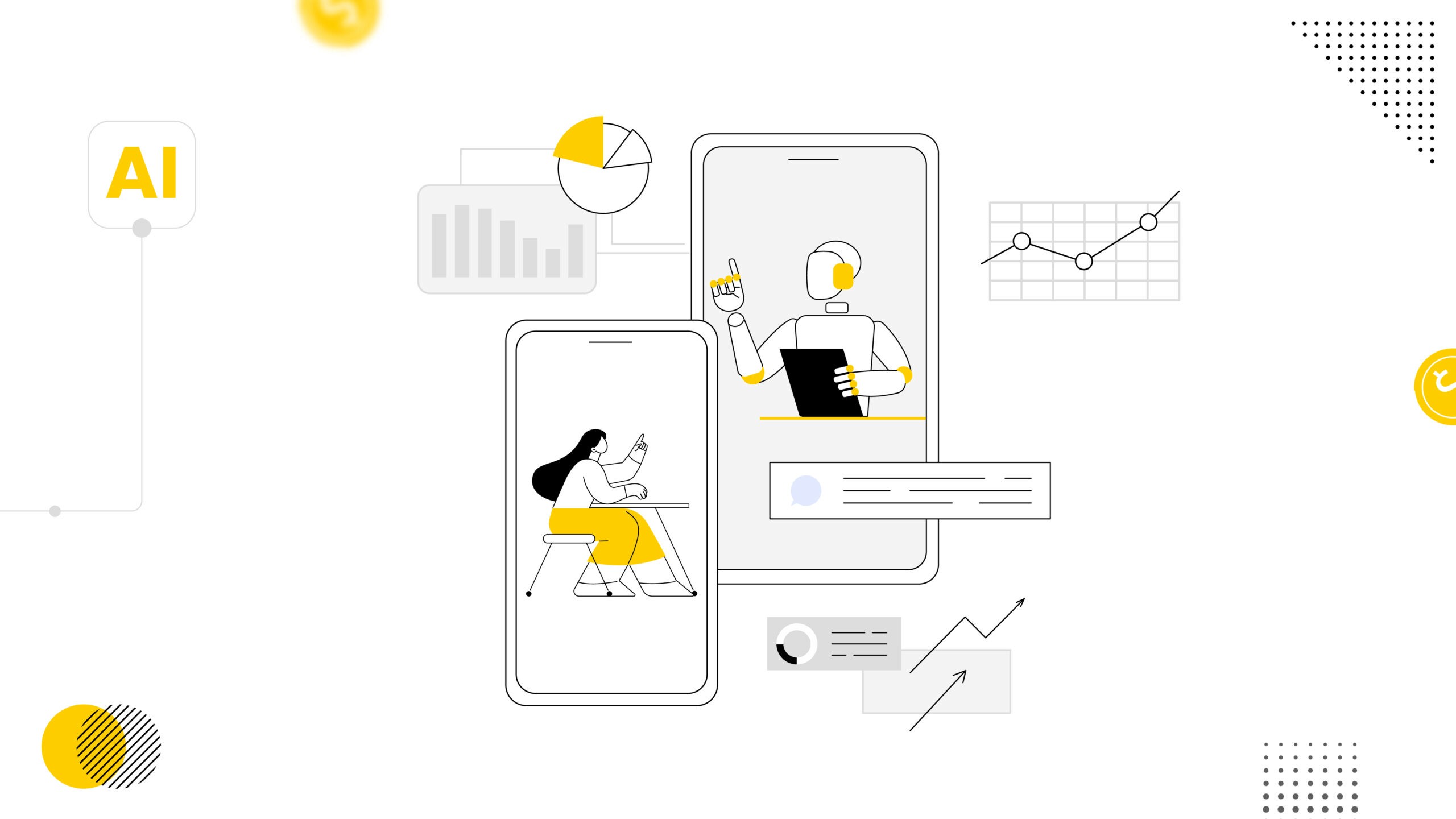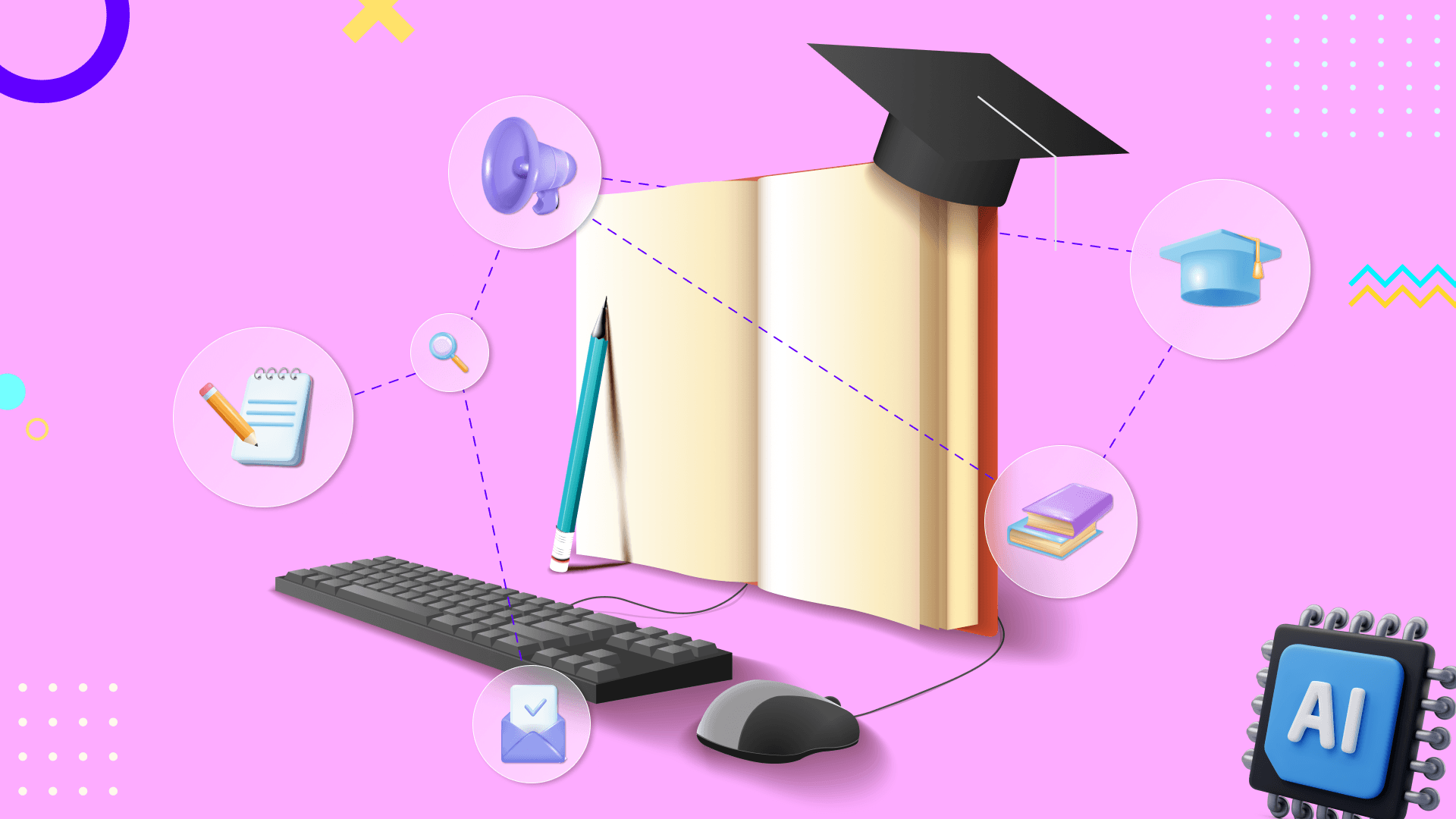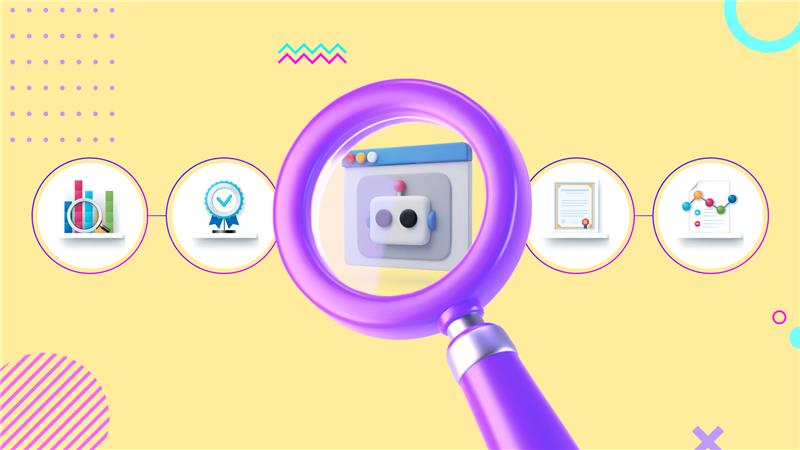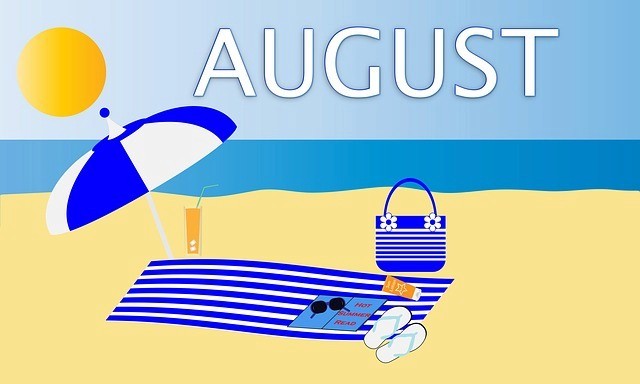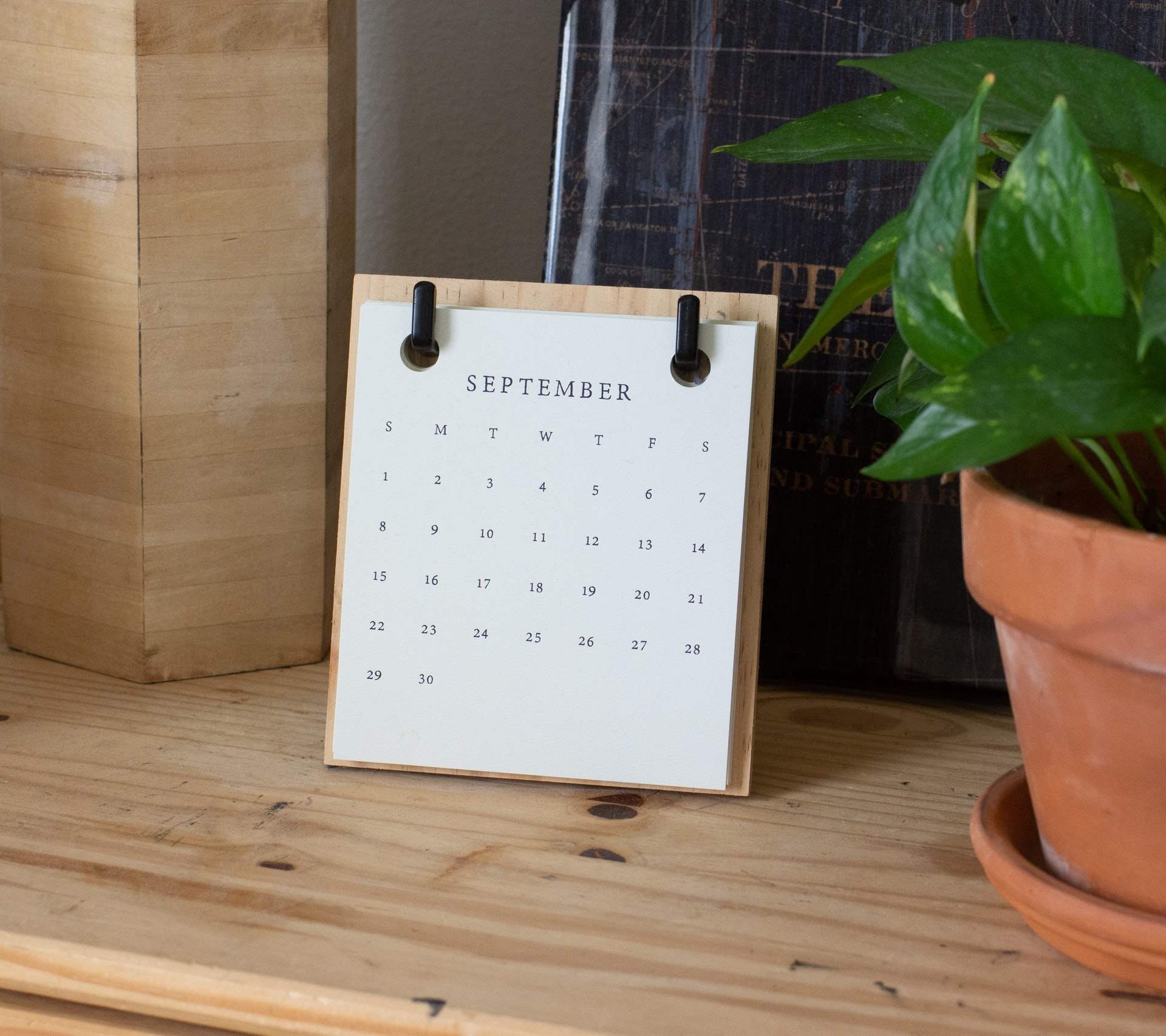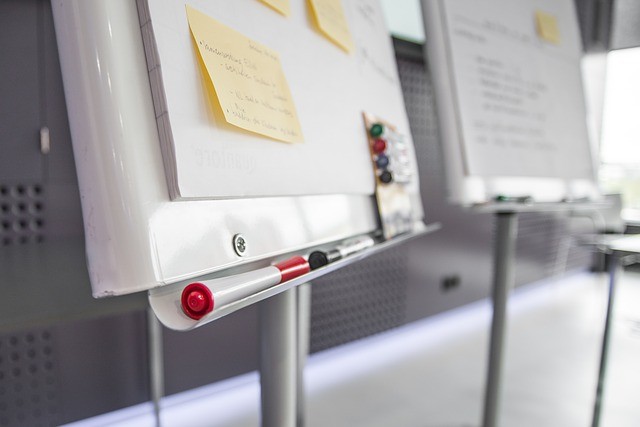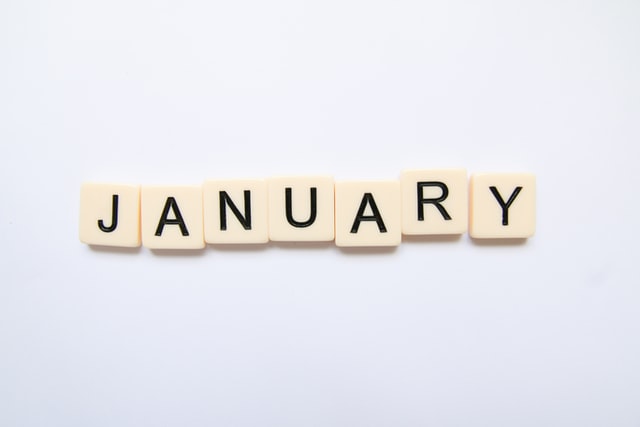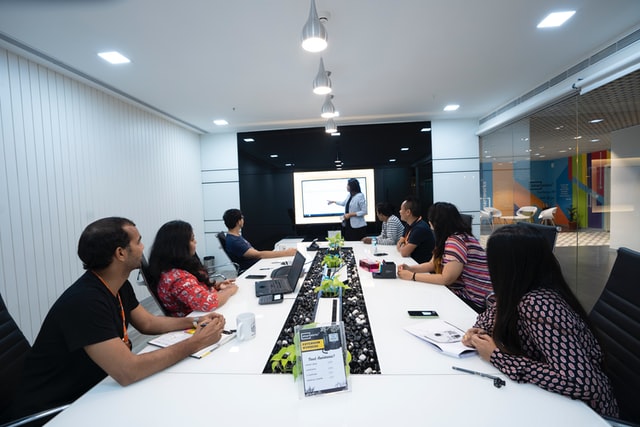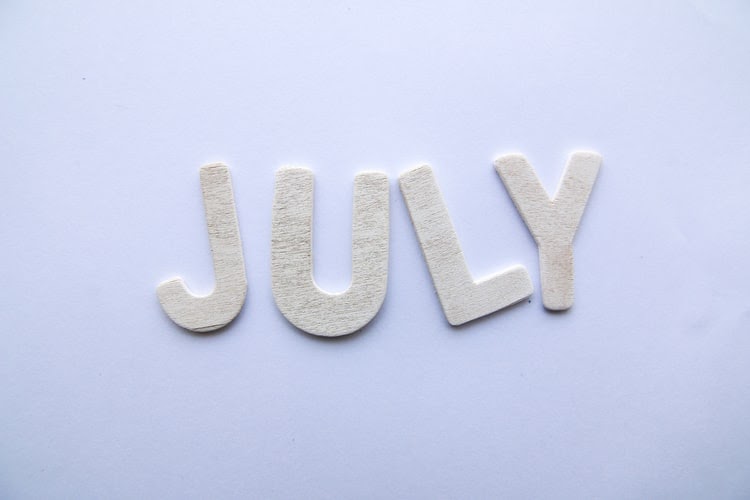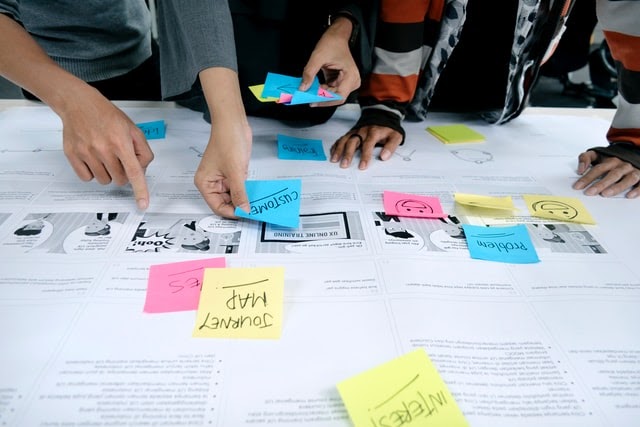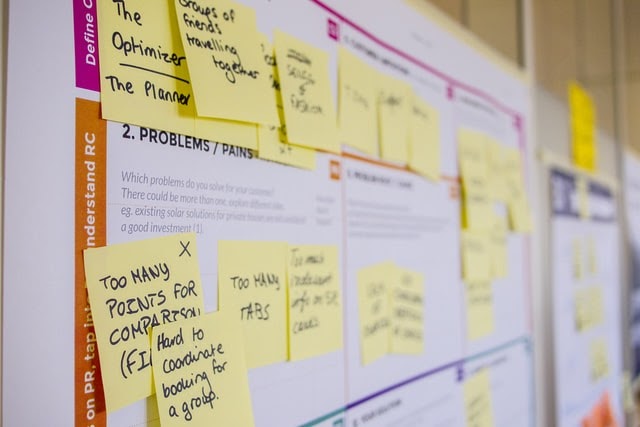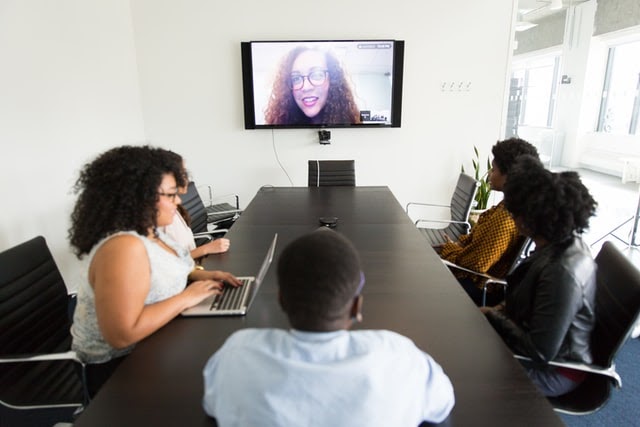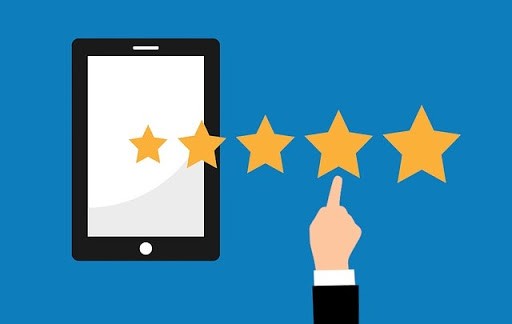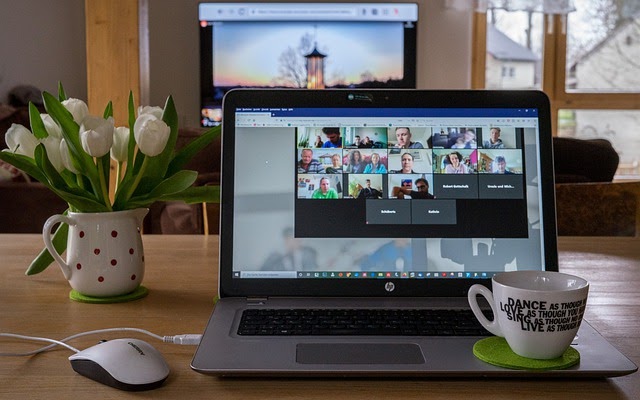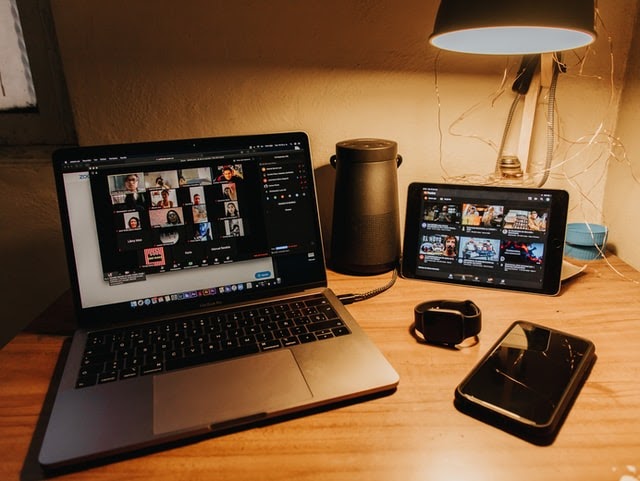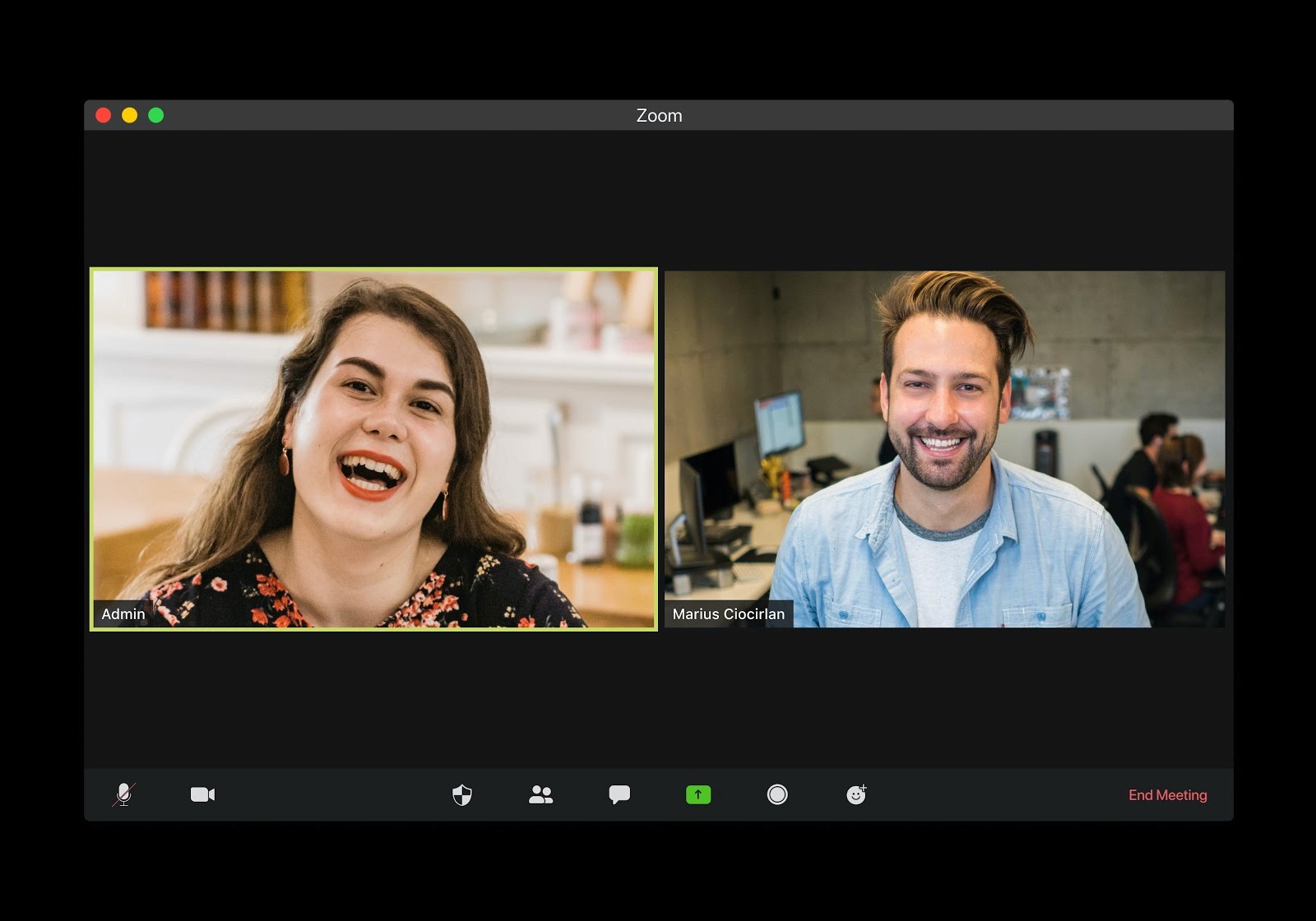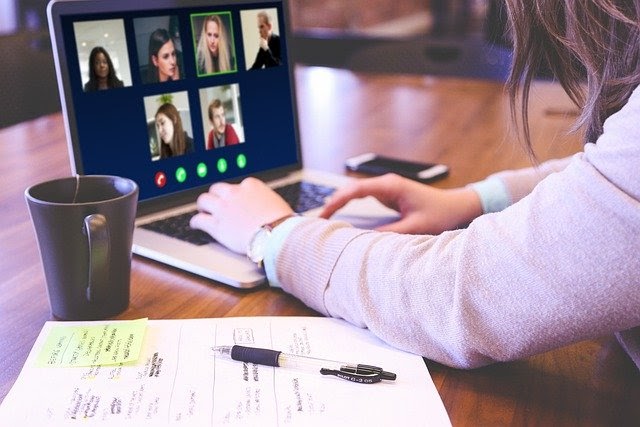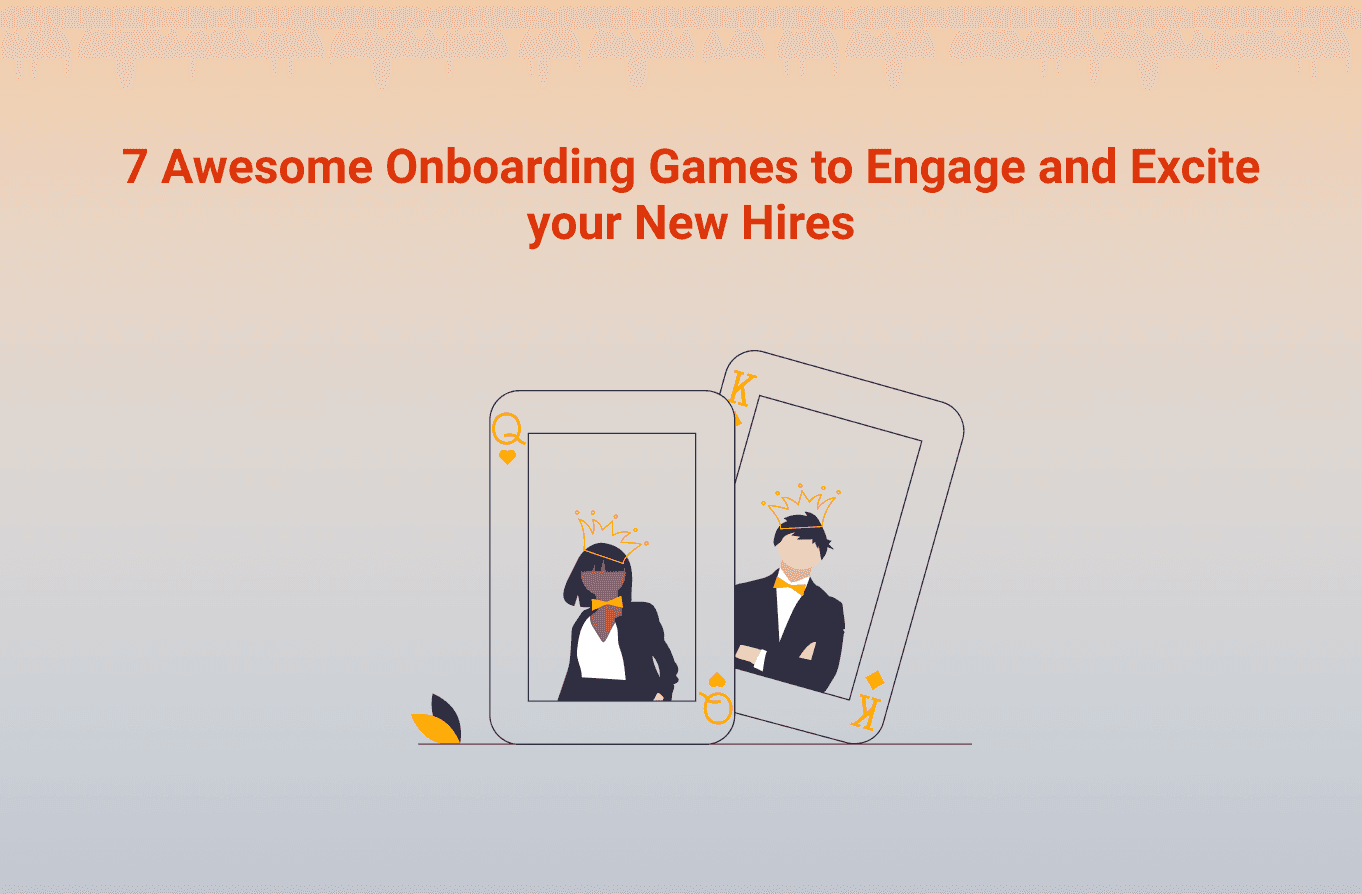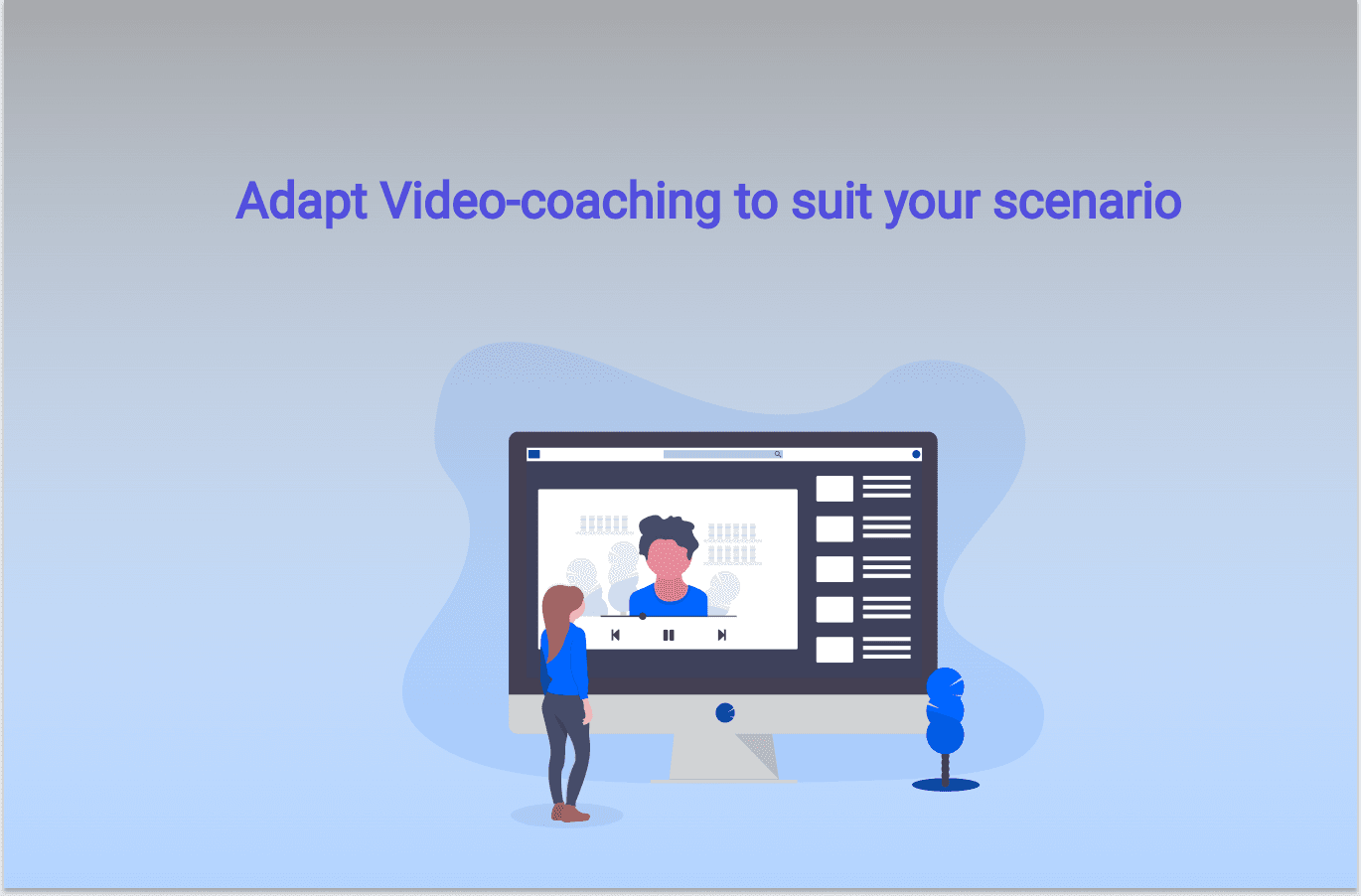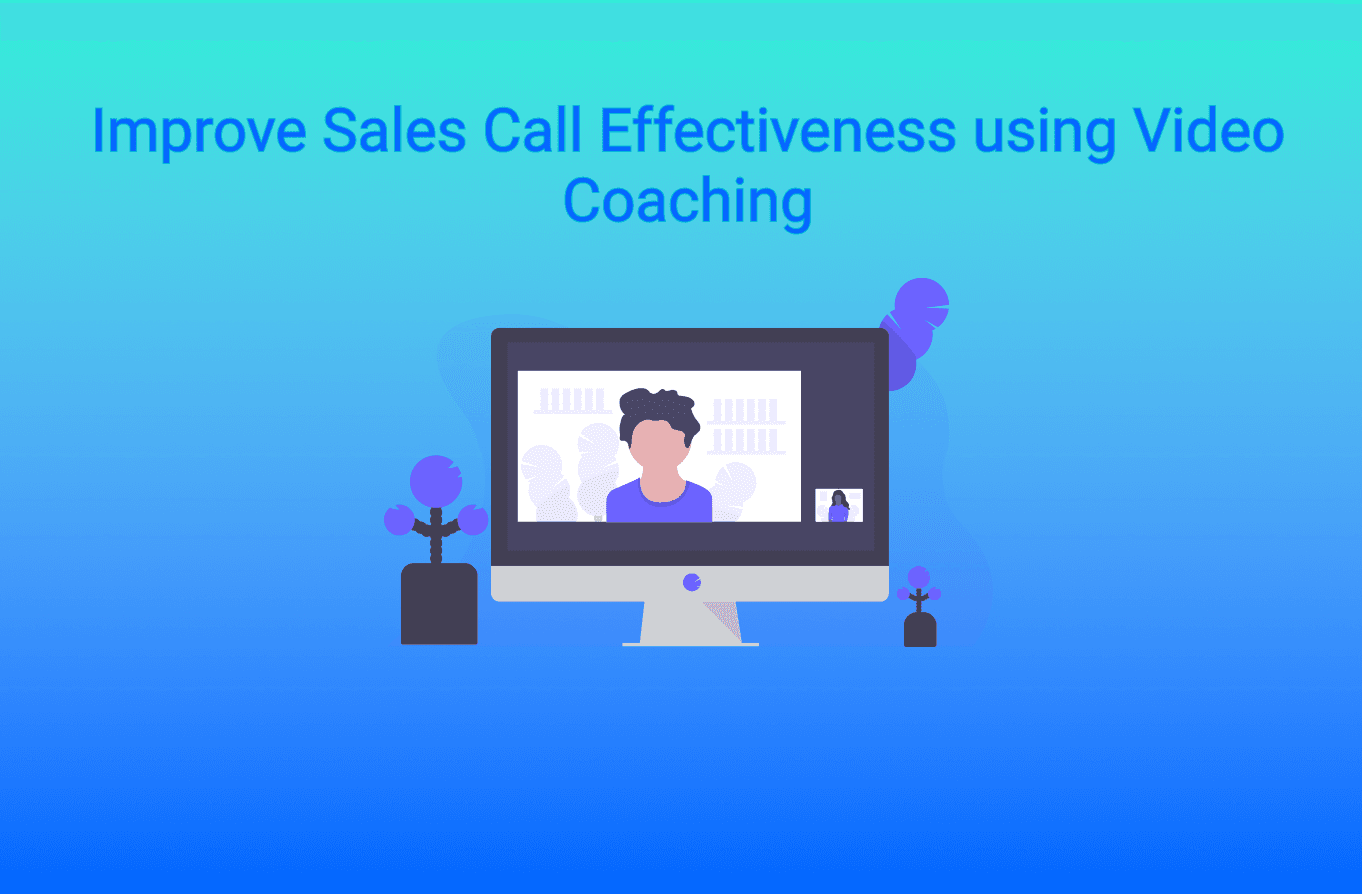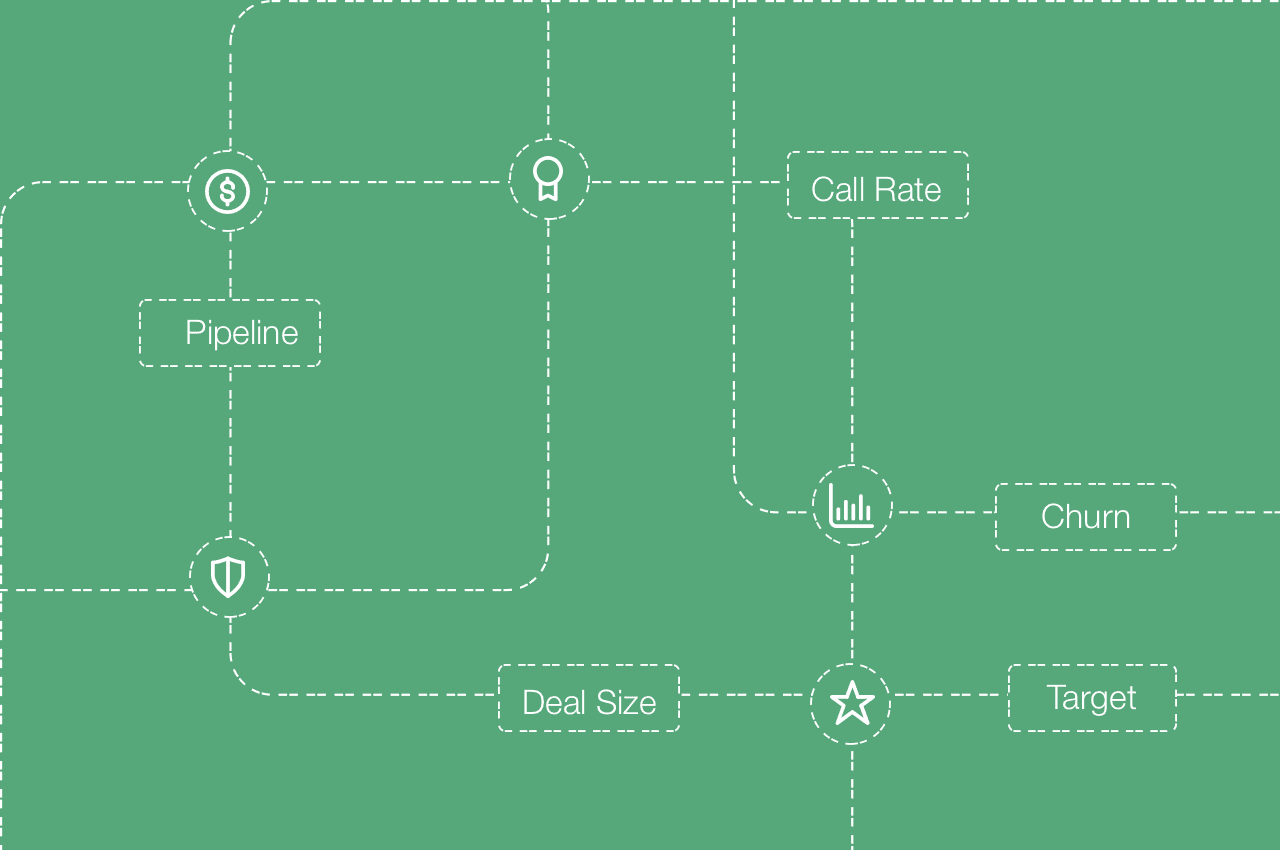Consider this situation: You’ve signed a contract with a pretty big client in the market. You and your team are very excited about this new client. You all have big smiles on your faces, it’s all high-fives, and you also had a new client celebration at your office.
But pretty soon this excitement wears off as your new client
Takes a lot of time to respond to your emails
Starts throwing demands at you that extend beyond the contract they signed
Sets unrealistic deadlines
Plenty of businesses fall into similar traps to the one described above. So, how can you avoid this dilemma and ensure that there is a solid understanding between you and your client?
What is a Client Kickoff meeting?
A client kickoff meeting allows a client and an agency to settle on the specifics of and preferences for a project — including elements like
Goals
Deadlines
Communication channels
And respective responsibilities.
This makes for a better alignment between both parties and establishes a clearer understanding of how a project should progress.
In this blog series, we are going to explore all about the client kickoff meeting.
The blog series is divided into two parts
In this first part, we are going to talk about the procedure of planning and executing a perfect remote client kickoff meeting
And in the second part, we will discuss the key areas that should be covered in the client kickoff meeting
Planning the client kickoff meeting
The client kickoff meeting is very important as it helps you to officially launch the project with your client. With this meeting, you have the opportunity to,
Make the first best impression on your client
And establish a good rapport and win their confidence
So, in case this meeting goes poorly, it can cause your client
To lose confidence in your ability to manage the project
And even lose faith that the project will be a success
Therefore, it is very important that you have proper planning and preparation prior to your client kickoff meeting. This helps in ensuring that the meeting runs smoothly and successfully.
Before the meeting
Prepare a Presentation: Prepare a professional, crisp and beautiful presentation that is to be presented to the client during the kickoff meeting. The presentation should have the following slides:
Here are some examples of goal-oriented sales contest names:
Introduction – This first slide should be about introducing yourself and your team to the client’s team (In return the client would also do so). This gives everyone a good opportunity to get to know each other.
Project goal and background – This second slide should talk about the vision, mission, and purpose of the project.
Project scope – In this slide talk about what you are going to deliver through this project
Approach – In this slide explain various stages of the project and the approach that you are going to take to complete each stage.
Timeline – Next, explain the timeline for various activities and deliverables
Roles and responsibilities – Explain what are the roles and duties of each one of your team members
Collaboration – Here you need to explain,
Where do you need your client’s involvement?
How can you collaborate with them?
How will you keep everyone informed from time to time?
How often do you communicate?
What tools can you use to communicate and collaborate with each other?
Next steps – Explain what are the activities that need to be done on a priority basis immediately
Q & A – In this last slide, allow people to ask any questions that they may have and answer them patiently
Organize an internal stakeholders meeting: Once your presentation is ready, gather all your team members who will be working on this project. Organize an official internal meeting with them and discuss the following:
About the client: Give a brief introduction about the new client to your team. Talk about,
Their business
The compliances and policies in their industry
Number of people in their team
And how are you going to serve them
Determine expectations: Discuss,
What does the client expect from you?
How are you going to deliver results and show growth?
Anticipate Risks: Start recording potential risks the project may face, so you can share this with the client and discuss how they may be handled if they occur.
Plan your communications and collaborations: Discuss what kind of communication and collaboration strategy are you going to establish with the client.
Will you have daily or weekly video chats?
Will you have a dedicated Slack channel or keep all communication within your project management tool?
Who on the project will interface with the client, and how often?
Select project Methodology: Select the methodology that you’d like to use to complete this project. Will you be using a traditional project method such as Waterfall, or an Agile method like Scrum?
Select tools: Choose the tools that everyone will need for the kickoff meeting and set them up. If you are doing a video conference, make sure everyone who needs to attend has access to the software and knows how to use it.
Get in touch with your clients and schedule the kickoff meeting:
Time to schedule the meeting now. Discuss with your client and schedule the meeting for a day and time when all the key stakeholders can attend. Do keep in mind that people may be in different time zones or working irregular hours as they juggle other priorities.
Once the date and time are fixed, send a calendar invite to everyone who is going to be a part of the meeting.
During the kickoff meeting
Here are certain things to keep in mind during the client kickoff meeting in order to ensure that it runs smoothly and successfully
Arrive early: Meeting etiquette is important, especially when you’re remote. Make sure you and your team are logged in early and are adequately prepared.
Remove any distractions: Make sure you’re in a quiet room, your phone ringer is off, and your chat is set to “do not disturb.” Ask people to mute their mics when not talking so that they don’t distract others. And make sure that you or any of your team members do not have a background that could distract others.
Use video: It may be tempting to do a voice-only call, but the video provides an important personal touch that voice-only calls do not. It helps improve communication since viewers can see your facial expressions.
Dress appropriately: You may be working from home, but it’s still a professional call. Your attire should be the same as what you would wear to an in-person client meeting.
Stick to the schedule and agenda: Make sure the conference doesn’t go longer than scheduled. Ask people to save off-topic discussion and questions for another time, or tell them you’ll follow up with them after the call.
Close the meeting: After you finish going through all the aspects that you wanted to discuss in the meeting, don’t just drop off the call. Make sure you thank everyone for attending and formally end the conference.
After the Meeting
Record and share meeting minutes with every participant of the meeting.
After the meeting, record any decisions made, actions agreed to, or questions that need to be followed up. Store this information in a central location and share it with your team members.
Communicate the next project steps with your client and team members, including details of their expected involvement and when and how you will get in touch.
Want to learn how to efficiently enter into the new markets?
Read: How to Expand into New Markets Efficiently?
Want to know how to plan your sales?
Sales Plan Part-1: How to Create a Sales Plan?
Sales Plan Part-2: Different Types of Sales Plans (Templates + Examples)
Sales Plan Part-3: How to optimize your Sales Planning for Rep Success in 2021Learn how to select and implement the right sales methodology at your organization
How to select and implement the right sales methodology?
Learn how to scale your sales communication across sales teams in this virtual world
Scaling communication across sales teams in the virtual world
Related Posts
Looking for a sales training software that takes your sales training to a whole new level?
Explore SmartWinnr’s Learning and Gamification features. Learn how to run fun and engaging sales training and sales coaching for your team through SmartWinnr.
Curious to learn more about it? Book a demo today!

